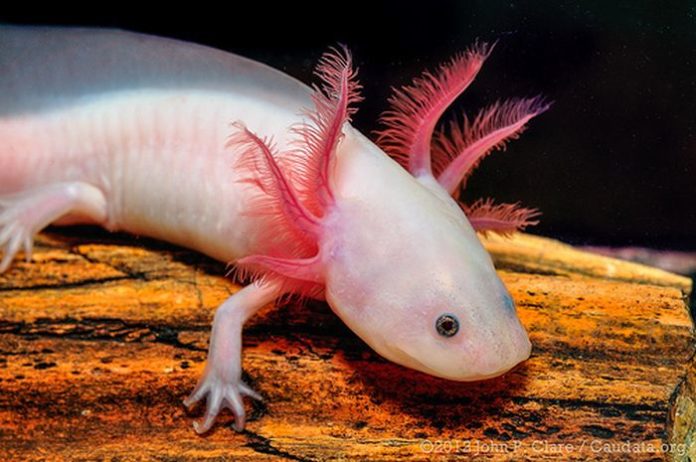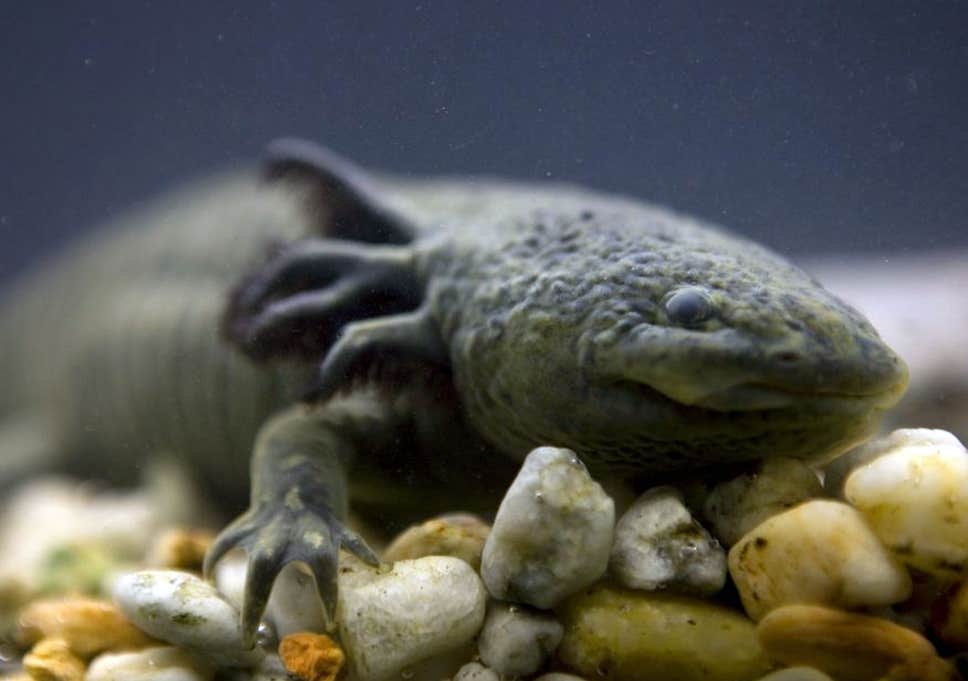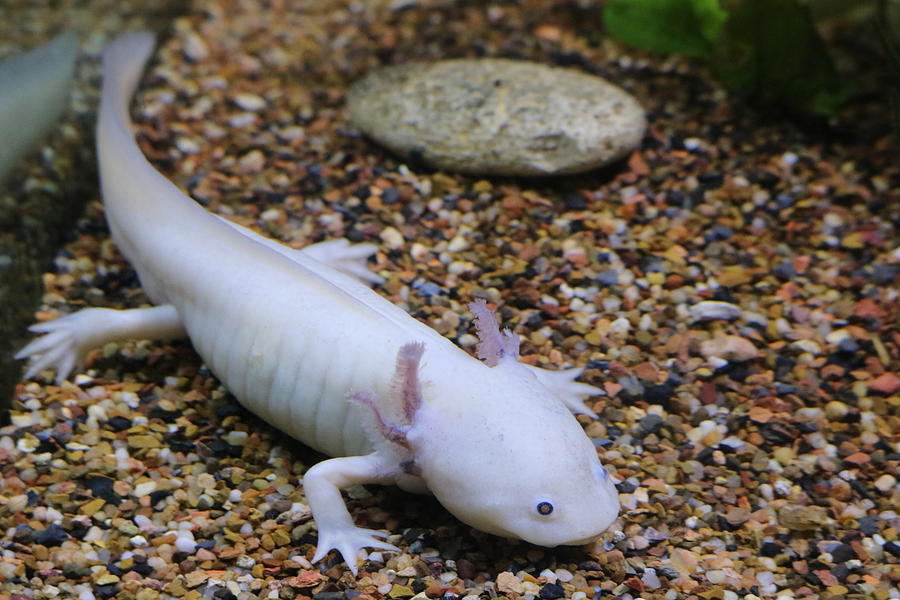
One of the most interesting species of fish is axolotl which is a peculiarity among fish and animals in general. Axolotl is also known as Mexican walking fish because it has legs. Plus, these little creatures are very cute with their tiny black eyes and always have stylish ‘hairstyle’.
However, while axolotl is definitely very interesting, unique and sweet, these animals are endangered and threatened with extinction. They face problems every day, primarily due to water pollution and illegal fishing.
We’ve decided to dedicate today’s text to these little fishes so you can learn some interesting facts about axolotls. Well, keep reading to discover some mind-blowing things about axolotls.
1. Wild Axolotls Live Only in One Place on The Planet

The fact that these little creatures only live in Mexico adds more to the uniqueness of the axolotls. So nowhere else in the whole world, no matter where you look, you won’t be able to find the real wild axolotl. Of course, there are species that are trapped in the wild and later domesticated to be pets. However, aquarium fish aren’t endangered.
In contrast, wild axolotls are exposed to many hazards on a daily basis. First of all, their habitat is Lake Xochimilco in Mexico, but this lake is so polluted with waste and trash, and that’s one of the biggest problems.
In addition, the lake is inhabited by species such as tilapia and carp, which are not characteristic of the area, and pollution isn’t so big problem for them. First and foremost, problem occurs when it comes to nutrition because all these types of fish eat the same food. These include crustaceans, mollusks, insects and any other smaller species.
2. You can buy Axolotl Pet
True, axolotls are a critically endangered species. However, there are companies that breed them and later sell them as pets. However, they do require proper care (aquarium, food, etc.).
Also, according to ModestFish, axolotl can live up to 15 years, so you’ll be able to care about your new pet for a long time. As for the price, it is possible to buy axolotls online for about $20 to $25. It’s really not much, especially since these fish are truly unique.
3. Axolotls Are Critically Endangered

One of the biggest problem scientists face is the extinction of species, both plant and animal. One of these species that is critically endangered is axolotl. We mentioned earlier that their natural habitat is Lake Xochimilco.
However, the lake is heavily polluted and not exactly the best place for these little creatures. In addition, we also mentioned that the lake is inhabited by other fish species such as tilapia and carp. These fish eat the same food as the axolotls, so there is a food fight in the waters of Lake Xochimilco.
Another big problem with axolotl’s survival is the large trash pollution of the lake. Namely, Lake Xochimilco is a very interesting and beautiful location that attracts a large number of tourists every year. A lot of people who visit this lake throw garbage in the water, which undoubtedly damages the biodiversity of the lake.
All of the above-mentioned factors caused the number of wild axolotls to be reduced to a very few of them in population. Today, most of these fish live in aquariums all around the world.
4. Axolotls Were Once a Specialty of Local Cuisine in This Part of Mexico
Indeed, another problem that these fish have faced over the years is fishing. The locals had previously used axolotls in their diet and were preparing various specialties. However, when the number of fish in the lake began to decline, they stopped fishing.
Yet, although Mexicans have managed to stop fishing axolotls, there is one restaurant in Japan in Osaka that hasn’t yet done so. They still fry axolotls. Of course, these are fish not from the wild, but from the fishery. However, since this is a unique and highly endangered species, they shouldn’t be used in the diet.
5. The Regeneration Ability of Axolotls is Extraordinary

Since axolotls are amphibians, they have the ability to regenerate very effectively. However, this characteristic is so developed in them that there is no similar being with such features. Literally, any part of the body to lose, axolotls can very easily regenerate it.
The most interesting thing about their ability to regenerate is that, for example, they can release one of their limbs when attacked and thus remain alive.
After that, limb will regenerate again and this cycle ends. Procedure can be repeated countless times and each time, axolotl will regenerate any part of its body in a way you would never think it was actually replaced.
6. Axolotls Are Resistant to Different Diseases and May Help in Healing
When you consider their ability to regenerate, you realize that they are very durable and, to say, super-animals. This trait would be very important if it could be developed in humans. In addition, studies have shown that these fish are more resistant than humans or any other mammal to cancer up to 1000 times.
If scientists could discover the causes of the superior immune system and resistance to many diseases, as well as the cause of fantastic regeneration, it would be of enormous importance to humanity. Therefore, people must save axolotls.
7. Axolotls Never Grow Up

Do you know what neoteny is? Well, this is one trait that occurs with axolotls and indicates that these small fish never really grow up. Namely, all axolotls during life remain the same as in the earlier period of life and the beginning of development. This is primarily related to their appearance, because in fact axolotls acquire the ability to reproduce in the larval stage.
Great comparison is a tadpole that retains this form for a part of its life and later changes and becomes a frog. However, this is not the case with axolotls and they always remain the same. Neoteny is also the cause of their always modern ‘hairstyle’ that we mentioned earlier. These are actually gills that help them breathe underwater.
















